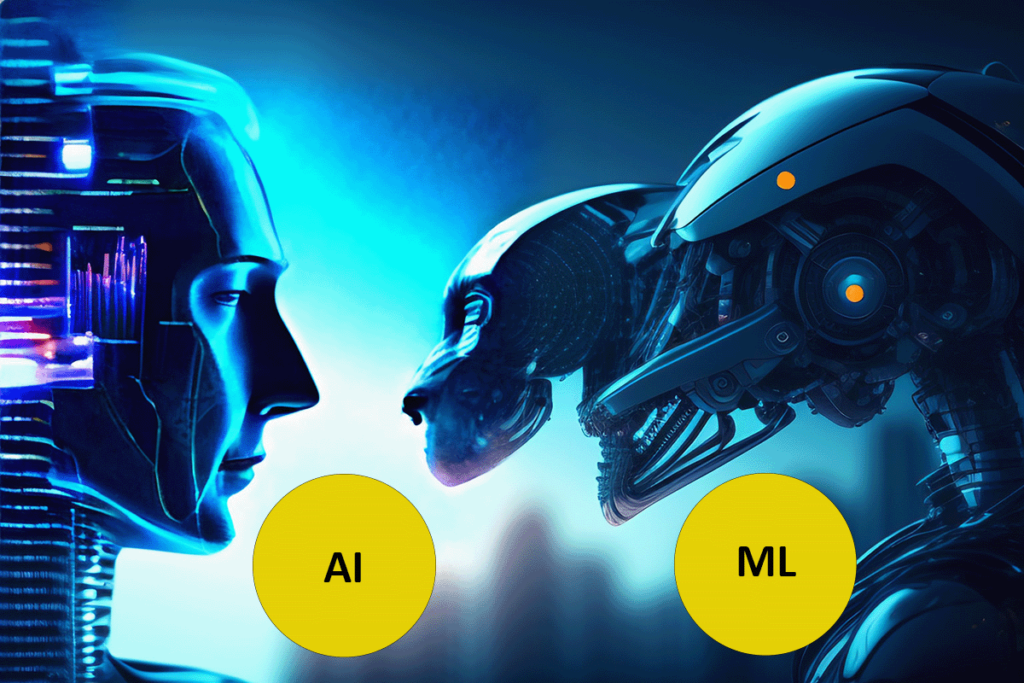Table of Contents
In the fast-paced landscape of data science, 2023 has brought forth a transformative wave, primarily propelled by the convergence of Artificial Intelligence (AI) and Machine Learning (ML). In this comprehensive guide, we delve into the intricate nuances of this dynamic synergy, exploring how AI and ML are shaping the future of data science and enabling businesses to unlock unprecedented insights and opportunities.
The Data Science Renaissance
The year 2023 marks a significant milestone in the evolution of data science. Traditional data analysis techniques, while effective, are being surpassed by the extraordinary capabilities of AI and ML. The data science community is experiencing a renaissance, driven by the exponential growth of data and the need for more advanced and efficient methods to extract actionable insights.
Unleashing the Power of AI
AI, with its ability to mimic human intelligence, is at the forefront of this transformation. Its application in data science encompasses various facets, from data collection to analysis and decision-making. Here are some key ways AI is revolutionizing the field:
1. Automated Data Processing
AI-driven algorithms can automatically process vast datasets, making data preparation more efficient. This reduces the time and effort required for data cleaning and transformation, allowing data scientists to focus on the core analytical tasks.
2. Predictive Analytics
AI-powered predictive models are becoming indispensable for businesses. These models can forecast future trends and outcomes with remarkable accuracy, aiding in informed decision-making and strategy formulation.
3. Natural Language Processing (NLP)
NLP, a subset of AI, enables machines to understand and generate human language. In data science, NLP is used for sentiment analysis, text mining, and extracting valuable information from unstructured text data.
The Role of Machine Learning
Machine Learning, a subset of AI, plays a pivotal role in data science. Its ability to learn from data and improve over time makes it an invaluable tool. Here’s how ML is influencing the landscape:
1. Advanced Data Modeling
ML algorithms can create intricate models that capture complex patterns in data. This is particularly beneficial for tasks like image recognition, fraud detection, and recommendation systems.
2. Anomaly Detection
ML algorithms excel at identifying anomalies or outliers in data. This capability is crucial for detecting fraudulent activities and ensuring data integrity.
3. Personalization
In the age of AI-driven personalization, ML algorithms analyze user behavior and preferences to offer tailored experiences. This is evident in recommendation engines used by streaming platforms and e-commerce websites.
The Synergy of AI and ML in Data Science
The true power of AI and ML emerges when these two technologies collaborate. The synergy between AI and ML amplifies their individual strengths, leading to groundbreaking innovations:
1. Automated Machine Learning (AutoML)
AutoML platforms leverage AI to automate the process of building and optimizing ML models. This democratizes data science by enabling non-experts to harness the power of ML for their specific needs.
2. Cognitive Analytics
Combining AI’s cognitive capabilities with ML’s data-driven insights, cognitive analytics systems can analyze data in real-time, identifying patterns and anomalies as they occur.
Conclusion
In conclusion, the year 2023 witnesses the fusion of AI and ML with data science, ushering in an era of unparalleled growth and innovation. As businesses increasingly rely on data for decision-making, understanding the transformative impact of AI and ML is essential for staying ahead in the competitive landscape. Embracing these technologies and harnessing their collective potential will undoubtedly shape the future of data science in profound ways.
